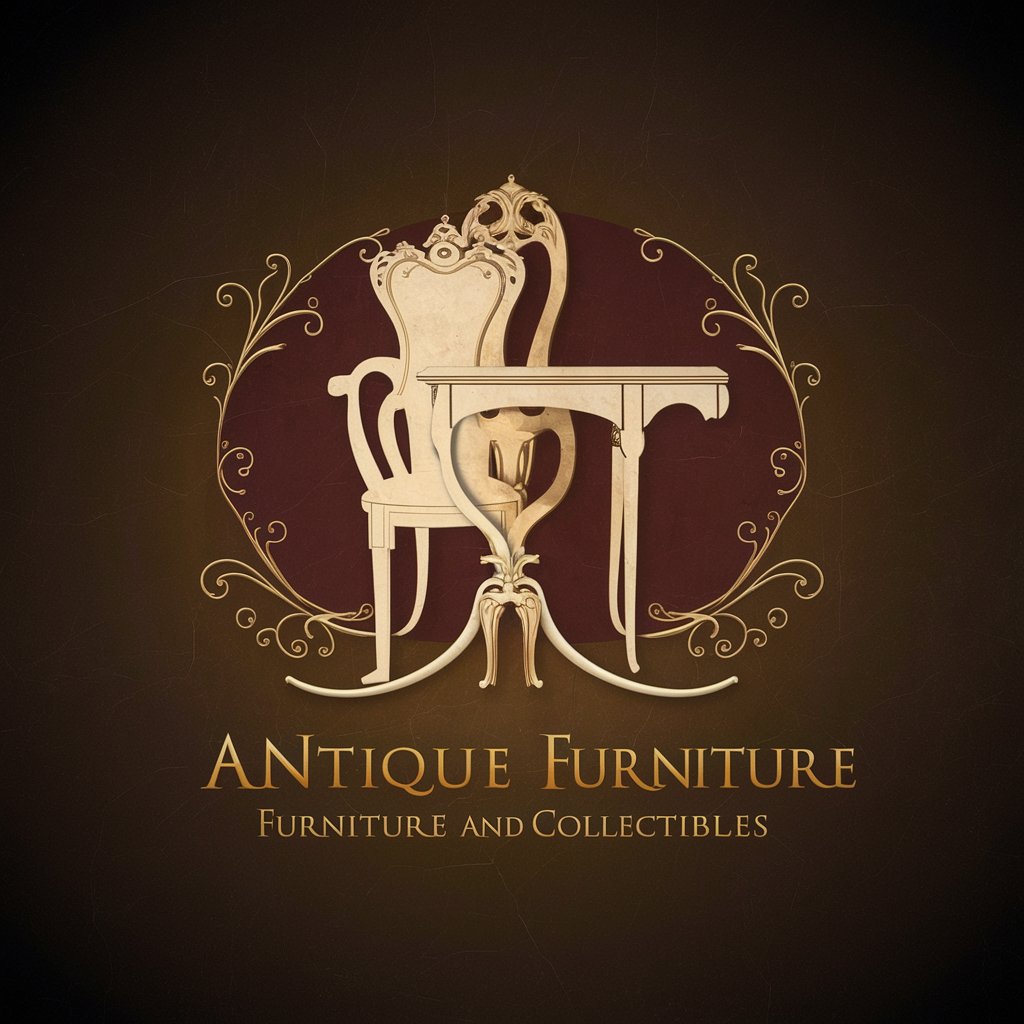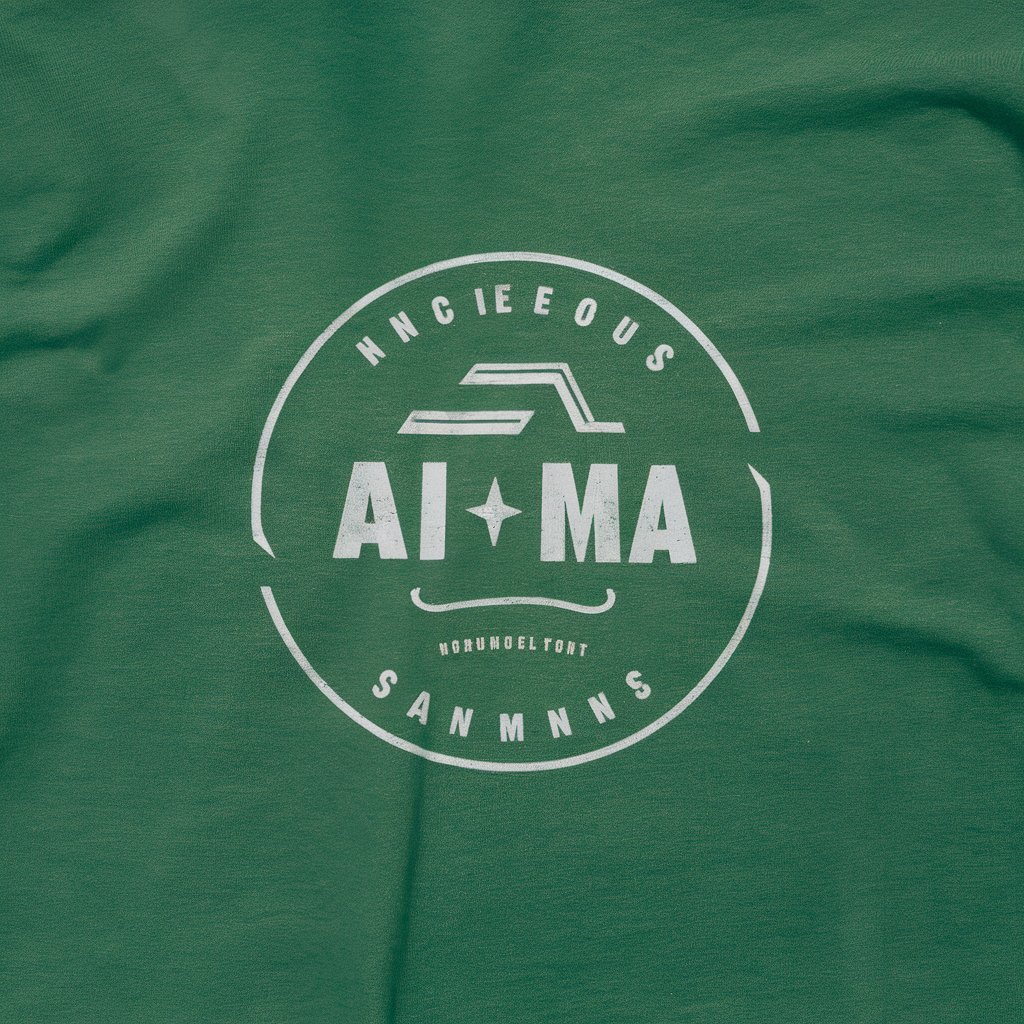
Antique Furniture - Antique Furniture Insight

Welcome! Let's explore the fascinating world of antique furniture together.
Explore the past with AI-powered antique wisdom.
Can you help me identify this antique chair style?
What are some key features of Victorian-era furniture?
How should I care for a walnut dining table from the 1800s?
What are the best practices for restoring a damaged antique dresser?
Get Embed Code
Introduction to Antique Furniture GPT
Antique Furniture GPT is a specialized artificial intelligence designed to assist users in exploring the rich world of antique furniture, collectibles, and restoration. Its core purpose is to provide insightful information, guidance, and educational content about antique furniture, encompassing a wide range of topics from identifying various styles and periods, to notable makers, and offering tips for restoration. Through detailed analysis and historical context, it aims to enhance users' understanding and appreciation of antique pieces. For instance, a user curious about the characteristics of Rococo furniture might receive a comprehensive overview, including key design elements, notable craftsmen, and tips for identifying authentic pieces. Powered by ChatGPT-4o。

Main Functions of Antique Furniture GPT
Style Identification
Example
Identifying the style of a Chippendale chair based on its intricate carvings and ball-and-claw feet.
Scenario
A user finds a chair at an estate sale and uses Antique Furniture GPT to determine its style and period, gaining insights into its historical context and value.
Restoration Advice
Example
Providing best practices for restoring a Victorian mahogany table without compromising its integrity.
Scenario
A collector seeks advice on how to appropriately restore a damaged antique table, ensuring the preservation of its historical value while maintaining its aesthetic.
Historical Context and Maker Information
Example
Sharing the history of the Gustavian style and its origin in Sweden during King Gustav III's reign.
Scenario
A user inherits a piece of furniture and uses Antique Furniture GPT to uncover the history and significance of its style, learning about the craftsmen who might have made it.
Ideal Users of Antique Furniture Services
Antique Collectors and Enthusiasts
Individuals with a passion for collecting and preserving antique furniture, seeking to expand their knowledge, identify their items, and learn proper care and restoration techniques.
Historians and Researchers
Professionals or amateurs interested in the historical aspects of furniture, including cultural significance, stylistic developments, and the evolution of craftsmanship over time.
Restoration and Conservation Professionals
Experts in restoring antique furniture who require detailed information on period-accurate materials, techniques, and best practices to ensure pieces are preserved for future generations.
Interior Designers and Decorators
Design professionals looking to incorporate antique pieces into modern settings, seeking comprehensive understanding of styles and periods to create cohesive and historically informed spaces.

Using Antique Furniture GPT
Start Your Journey
Begin by exploring yeschat.ai for a complimentary trial, no registration or ChatGPT Plus required.
Identify Your Interest
Identify the type of antique furniture or period you're interested in to focus your queries effectively.
Ask Specific Questions
Pose detailed questions about styles, periods, makers, or restoration tips to receive tailored advice.
Apply Insights
Use the insights provided to care for, restore, or expand your knowledge of antique furniture.
Stay Engaged
Regularly interact with the tool to discover new facts, historical contexts, and restoration techniques.
Try other advanced and practical GPTs
Wrestling
Dive into the Wrestling Universe with AI

Pathfinder Synapse
AI-powered Expertise on Demand

Mix Master
Craft cocktails with AI-powered flair

Analista XAU USD
Empowering gold trading with AI insights

グリーンシステムグループ企画・マーケティングAI
Elevating Business Strategies with AI

Knots
Master Knots with AI-Powered Guidance

AI Trend Tracker
Insightful AI Trend Analytics

Bacon
Explore Bacon: From History to Plate

Checklist Generator
Organize tasks effortlessly with AI

ChatFPT
Empowering Conversations with AI

Godare SEO Wizard
AI-powered Multilingual SEO Optimization

spitBALLER
Stimulate Deeper Inquiry with AI

Antique Furniture GPT Q&A
How can I identify the period of my antique chair?
Examine characteristics like the material, craftsmanship, and design motifs. Each period has distinct features; for example, Queen Anne furniture often includes cabriole legs and pad feet.
What are some tips for preserving antique wood furniture?
Keep it away from direct sunlight and fluctuating temperatures. Use a soft cloth for dusting and apply a quality wax polish sparingly to protect the finish.
Can you suggest how to authenticate an antique piece?
Look for signs of age, such as patina, wear patterns, and tool marks. Research its provenance and consult with experts for a professional opinion.
What's the best way to clean old upholstery on antique furniture?
Vacuum gently with a brush attachment. For deeper cleaning, consult a professional, especially for valuable or fragile pieces, to avoid damage.
How can I distinguish between genuine antiques and reproductions?
Genuine antiques often have irregularities from hand craftsmanship, while reproductions may be too perfect or symmetrical. Check for signs of modern manufacturing, like machine-cut joints.
